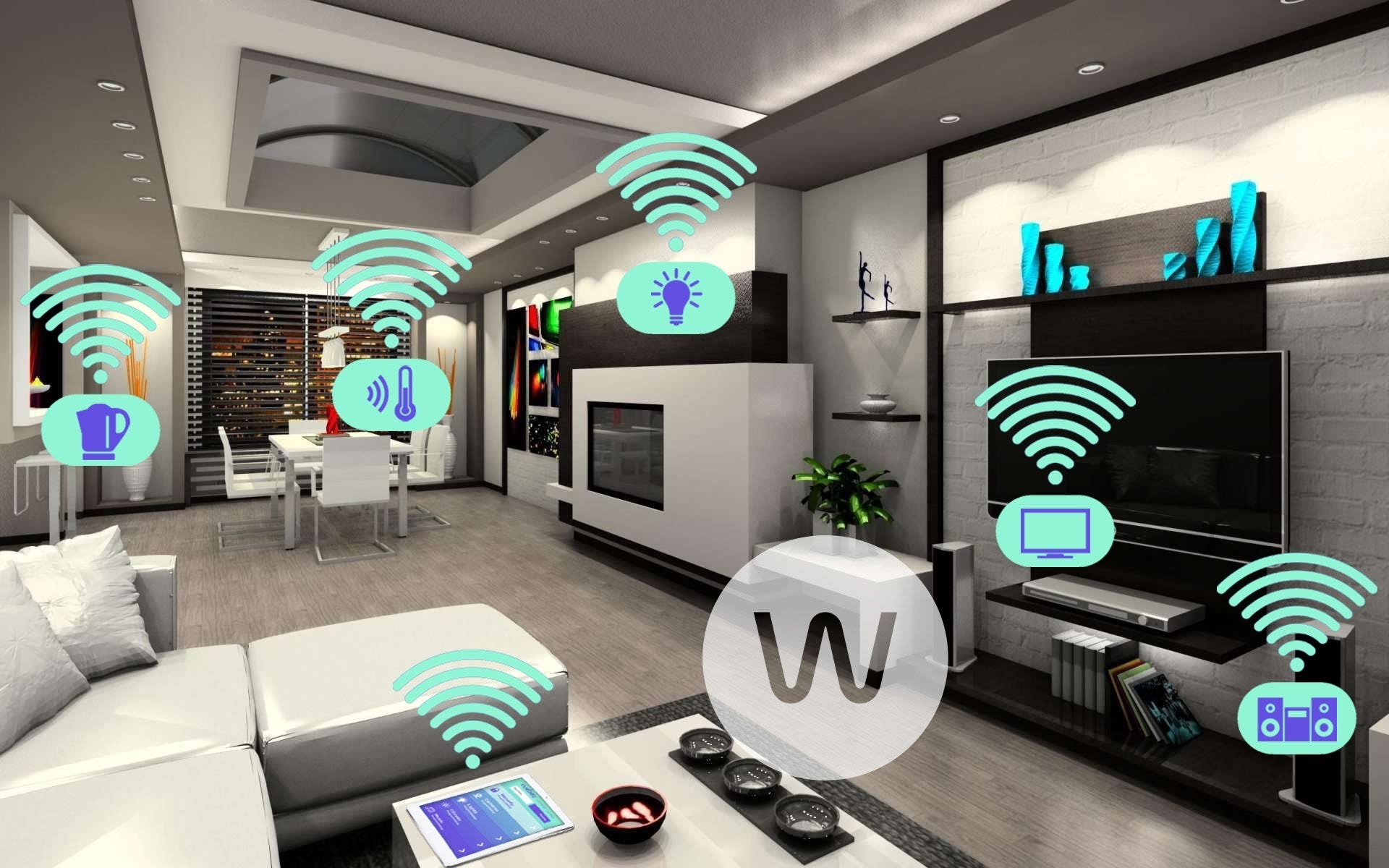The idea of creating a zero-energy home is a dream come true for so many different people out there. Still, for this to work, you would have to produce your own energy, which may cost you up to $17,000 and take seven to twenty years to pay itself off. So, the next best thing is to create a home that merely spends less, by consuming as little power as possible. In the last few years, this trend is particularly popular in Australia. Here are several tips you could use in this endeavor.
1. Insulation
The first thing you need to understand about the energy-efficiency of your home is the fact that the most power-hungry function tends to be the control of temperature. This means heating in winter and keeping it cool in the summer. With proper insulation, you can ensure that your home loses less energy, which, in turn, means that you’ll have to spend less power to keep it warm/cool. In order to make this innovation frugal, you could look for government insulation grants and home insulation programs. Aside from this, you should also keep in mind that you need to insulate your attic, as well, not just the walls.
2. Replacing doors and windows
Insulating your walls and attic is just the first step in energy-proofing your home. After you’ve completed it, you need to focus on other entry/exit points such as doors and windows. An investment in a quality front door is also an investment in your home’s security, it might be quite easy to justify a somewhat bigger expense.
When it comes to windows, an improvement here can improve the energy-efficiency of your home by as much as 40 percent. Earlier on, we talked about the energy-efficiency trends in Australia, well, trends depend from region to region. The popularity of double glazing in Canberra is particularly renowned, due to the continental climate of the region, where such measures are more than money-saving.

3. Changing your appliances
The next step is something that’s quite intuitive and it involves the replacement of all your appliances with low-power ones. In fact, you don’t even have to go that far, seeing as how new appliances already spend substantially less. Moreover, you don’t even have to overinvest in this trend right away, as you can just change one appliance at a time, every couple of months. This will also provide you with an opportunity to hold out for sales or look for places that offer options such as trade-ins.
4. Relying on natural light and LED
As for the light within your home, this is probably the area in which your savings are the most straightforward. Namely, natural light is completely frugal and it is vital for the mental health of your inhabitants. Nevertheless, it depends on the layout of the home, the area that you live in, as well as on the current season.
When talking about the use of LED you need to know that a single LED bulb spends four to eight times less energy in order to produce the same amount of light. Now, combine this with the fact that these bulbs also last 25 to 50 times longer and you’ll see the full magnitude of the energy-efficiency of this trend.
5. Smart technology
At the end of the day, making your home smarter also makes it more energy-efficient. A smart thermostat and a Wi-Fi controlled sprinkler system are just absurdly resource saving. Aside from this, going with a smart lighting system can even help you behave in a more energy-friendly manner while investing less effort to do so. A clear win-win scenario for everyone.

Conclusion
Even though it would be by far the most frugal if you could enforce and introduce all of these changes right away, the fact that you don’t have to do so is incredibly important. You see, no matter how money-saving some of these trends are, some people simply lack the initial capital to get started. Therefore, replacing your windows during the first year, insulating the place the year after that and changing your appliances one by one also seem like a valid course of action. On the other hand, you can replace all your light fixtures with a relatively small overhead. Either way, you’re making progress, even if it takes you a tad longer to reach your goal.

